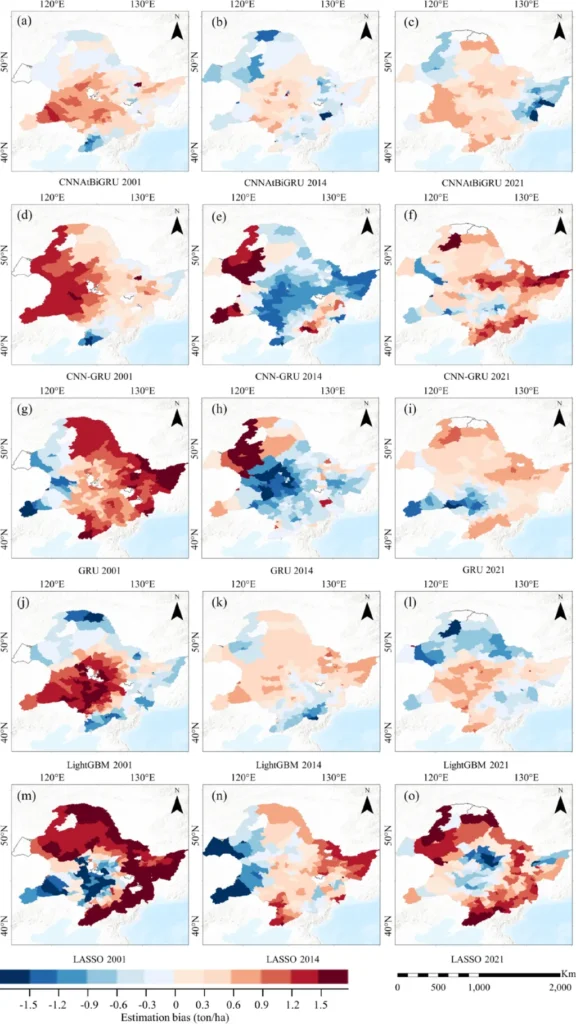In the vast, fertile fields of Heilongjiang Province, China, a groundbreaking study is unfolding that could revolutionize how we predict maize yields, a staple crop with profound implications for global food security. Led by Shuai Bao from the College of Agronomy at Heilongjiang Bayi Agricultural University, this research is harnessing the power of unmanned aerial vehicles (UAVs) and advanced agronomic traits to bring precision agriculture to new heights.
Maize, or corn, is a crop of immense global importance, but its yield prediction is fraught with challenges due to the diversity of cultivars and varying management practices. Bao’s study, published in the journal *Agriculture* (translated from Chinese as “Nongye”), aims to address these challenges by integrating multi-temporal canopy spectral images with key agronomic traits. “Our goal was to develop a robust model that could accurately predict maize yields at the field-plot scale,” Bao explains. “By doing so, we can provide farmers with the tools they need to optimize their practices and maximize their yields.”
The study evaluated three maize cultivars—Songyu 438, Dika 1220, and Dika 2188—under different fertilization rates and planting densities. Using a UAV equipped with a multispectral sensor, the team captured canopy spectral images at critical growth stages: the vegetative 6-leaf stage (V6), tasseling stage (VT), milk stage (R3), and physiological maturity (R6). Simultaneously, they measured key agronomic traits such as plant height, stem diameter, leaf area index, and relative chlorophyll content.
One of the standout findings was the strong correlation between vegetation indices derived from the red-edge band, particularly the normalized difference red-edge index (NDRE), and maize yield. “We found that NDRE was highly correlated with maize yield, especially during the tasseling to milk ripening stage,” Bao notes. “This correlation provided a solid foundation for our yield prediction model.”
The integration of leaf area index (LAI) and relative chlorophyll content (SPAD) with NDRE significantly improved the model’s performance. “By incorporating these agronomic traits, we achieved an R-squared value of 0.69, which is a 23.2% improvement over models based solely on vegetation indices,” Bao explains. “This enhancement highlights the importance of combining spectral data with physiological parameters.”
The study also revealed that incorporating SPAD values from middle-canopy leaves during the milk ripening stage further enhanced prediction accuracy, achieving an R-squared value of 0.74 and a root mean square error (RMSE) of 0.88 t·ha⁻¹. “This finding underscores the value of vertical-scale physiological parameters in yield modeling,” Bao adds. “It opens up new avenues for more precise and accurate yield predictions.”
The implications of this research are far-reaching, particularly for the energy sector, where maize is a crucial feedstock for biofuels. Accurate yield predictions can help energy companies plan their supply chains more effectively, ensuring a steady and reliable source of biomass. “Precision agriculture is not just about improving yields; it’s about optimizing the entire agricultural ecosystem,” Bao says. “By providing farmers with the tools to make data-driven decisions, we can enhance sustainability and efficiency across the board.”
As the world grapples with the challenges of climate change and food security, studies like Bao’s offer a beacon of hope. By leveraging advanced technologies and integrating multi-dimensional agronomic traits, we can pave the way for a more sustainable and productive future. “This research is just the beginning,” Bao concludes. “There is so much more to explore and discover in the realm of precision agriculture.”

